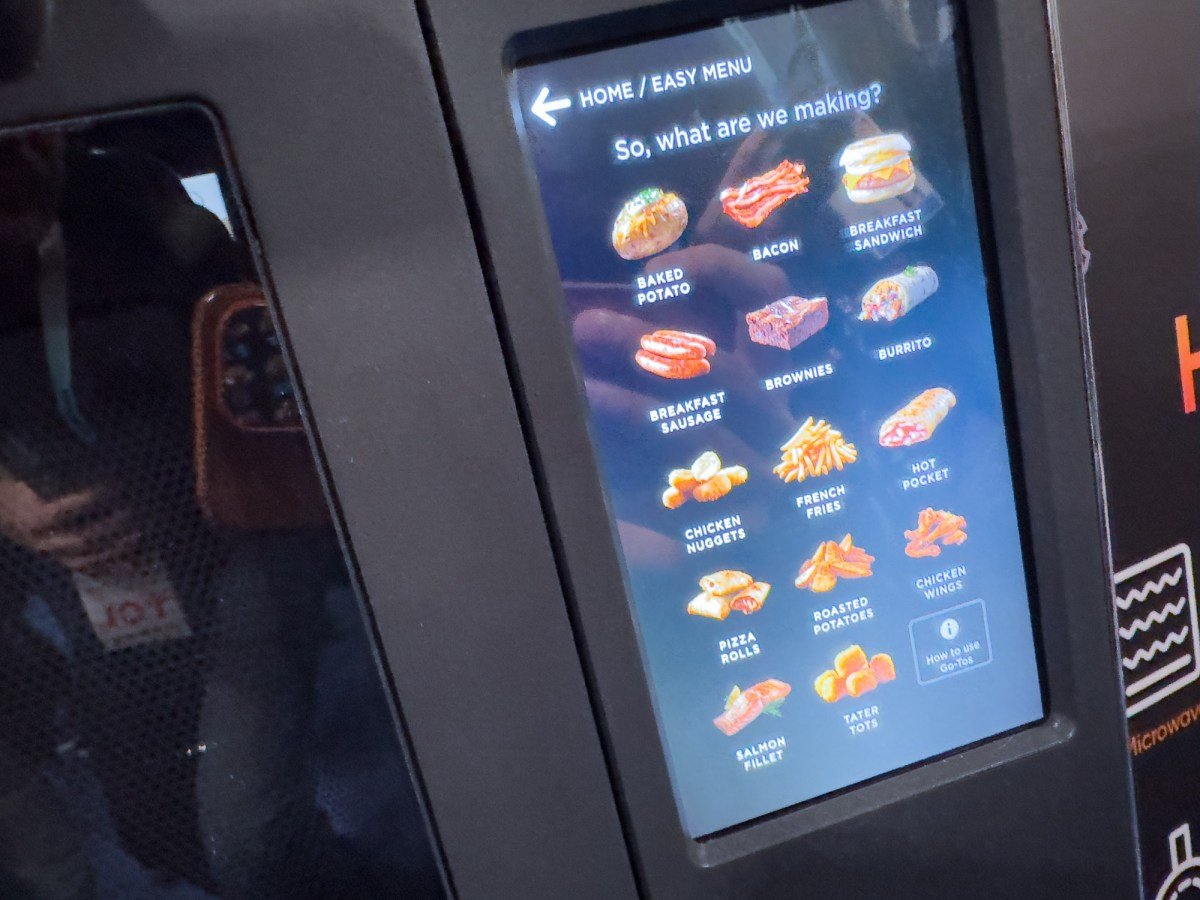As I wandered around the CES preview events, it became abundantly clear that artificial intelligence (AI) and other smart technologies were making their way into unlikely household appliances like toasters and grills. As a passionate cook, I couldn’t help but wonder if these products were really meant for me. But more importantly, I couldn’t shake the feeling that all these advancements in small home appliances would ultimately spell disaster for our planet.
Burn, baby, burn.
One perfect example of this is Seer Grills’ “Perfecta,” a propane grill equipped with AI smarts that boasts to be the fastest grill in the world. According to Jordan Aspley, the founder of Seer Grills, the Perfecta can cook a one-inch ribeye steak in just 1 minute and 45 seconds, thanks to its two dual, vertical infrared burners that reach a scorching 1,652°F. Aspley proudly likens the Perfecta to a “toaster for steaks.”
The product is set to open for preorders in the next few days, with a steep price tag of $3,500.
Wave, baby, wave.
Revolution Cooking’s “Macrowave” is another device that was showcased at CES 2024. This company is known for their previous product, a $400 toaster. Now, they’re back with a “Macrowave” that combines the functions of an air fryer, toaster oven, and microwave, using their proprietary “InstaGlo” heating element, which was developed for their toaster.
In an interview with Tom Klaff, the CEO of Revolution Cooking, at CES 2024 in Las Vegas, he explains their reasoning behind the Macrowave:
“Frozen food was really my big problem. Things like frozen burritos. The instructions are, you know, defrost in your microwave, preheat your oven, take it out of the microwave, put it in your oven. Or if I went just with the microwave, it would just explode. So we know that microwave ovens are great technology, but it wasn’t designed to cook. It’s designed to heat things up. And what we saw when we invented InstaGLO, which is our platform technology for the toaster, was it was an extensible platform that we can actually put into a larger cavity.”
“The idea was to make microwaves the hero: Let’s make the microwave do what it’s supposed to. With the microwave, it’s got the best qualities of what a microwave does, which is heat up food fast, and InstaGlo, which heats up really, really fast, efficiently and projects infrared heat directly to crisp.”
Despite the clever technology, the Macrowave comes with a steep price tag of $1,800, leaving many to wonder: why does everything need to be smart and connected?
Klaff offers a surprising answer – software updates for your toaster:
“You know, there are things that we’ve wanted to add to it over time that we couldn’t because it wasn’t connected, just to deliver a better experience. For the toaster, we added new panini press algorithms, so we can continually add more creations around that. Our customers are asking us for different varieties of bread that toast a little bit differently than what we have currently. So it’d be great to add those, too.”
Yes, you read that right. Software updates for a toaster.
Apart from the amusing phrase “panini algorithm,” and despite my own love for technology, I couldn’t help but question the necessity of these smart products. After all, is it really such a hardship to press a button to start your toaster? And why pay 25x more for a product that can do essentially the same thing?
In a world where you can buy a simple $25 toaster on Amazon, it’s hard to justify spending $400 on Revolution Cooking’s toaster, let alone $1,800 on their Macrowave. And when you can get a microwave for $100 and a toaster oven that also works as an air fryer for $140, is it really worth paying 7x more for a fancy, all-in-one device?
How long will they last?
But perhaps the bigger question here is: what’s wrong with spending $3,500 on a grill, $400 on a toaster, or $1,800 on a “macrowave”? It’s simple – these products, while seemingly minor improvements on existing products, are “solving” for a problem that doesn’t truly exist. And while that in itself may not seem like an issue, it becomes a problem when these “smart” products have a shorter lifespan compared to their non-smart counterparts.
One example of this is Spark One, a $1,100 smart grill that was featured on our 2020 gift guide. By 2022, the company had gone out of business. In theory, the design of the grill was great, but without their special charcoal “briq” inserts, the grill was rendered useless, adding to the growing pile of electronic waste in landfills.
This is my fear with a lot of the products I see at CES – while they may have great ideas and impressive technology, the longevity and sustainability of these products is rarely considered. I still use a toaster oven from the mid-1990s and a Vitamix from the 1970s, both of which have withstood the test of time. But with these “smart” products, we are only accelerating our cycle of consumption. And even products that claim to be eco-friendly are futile if they are not repairable (due to companies going out of business) or become useless when a consumable is no longer available.








